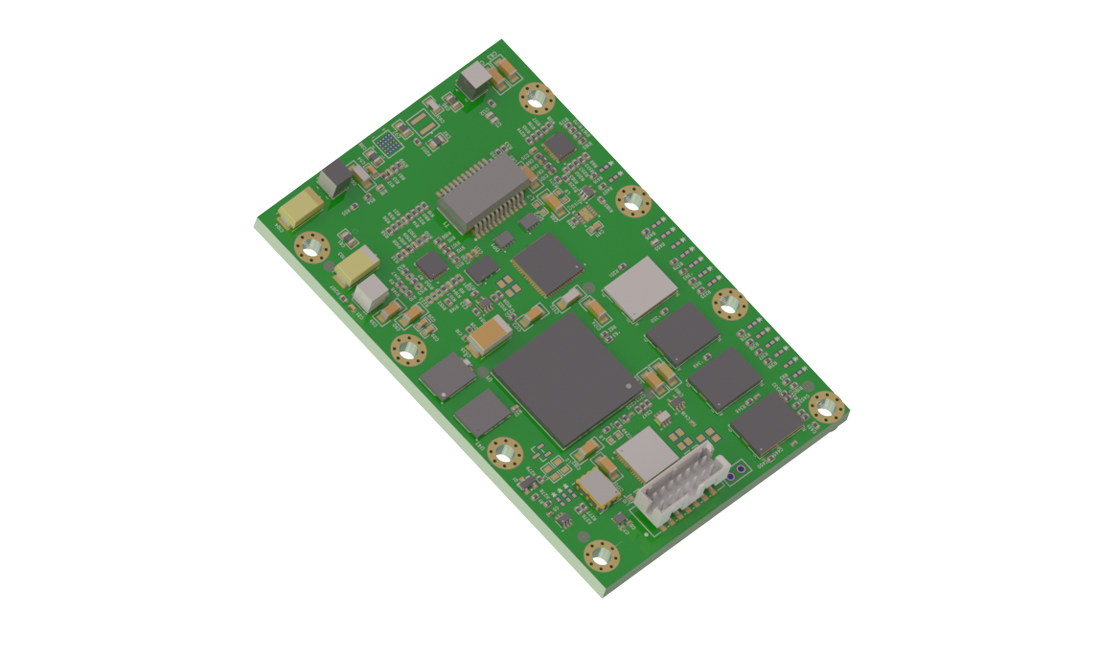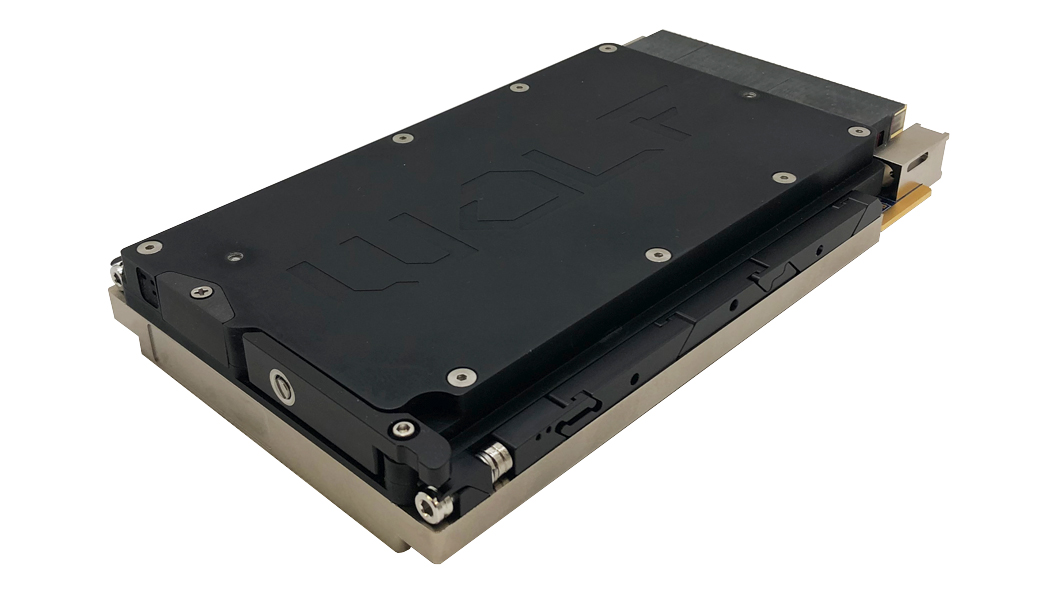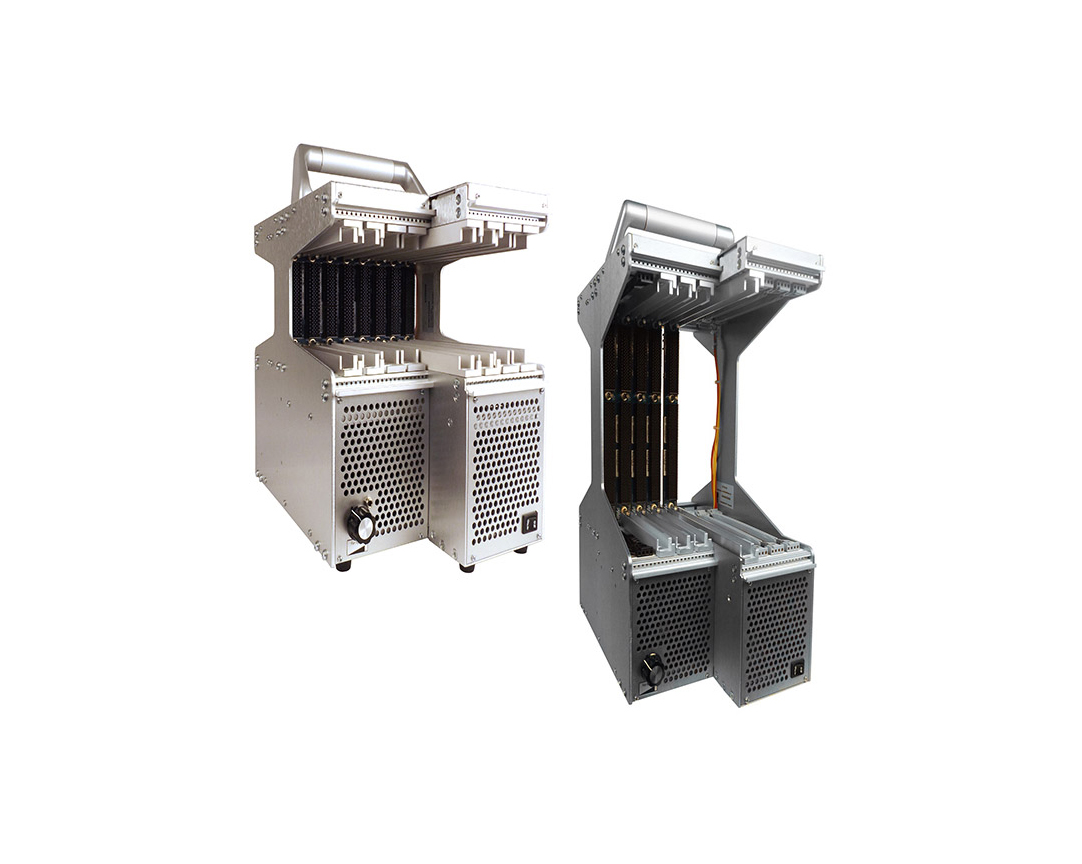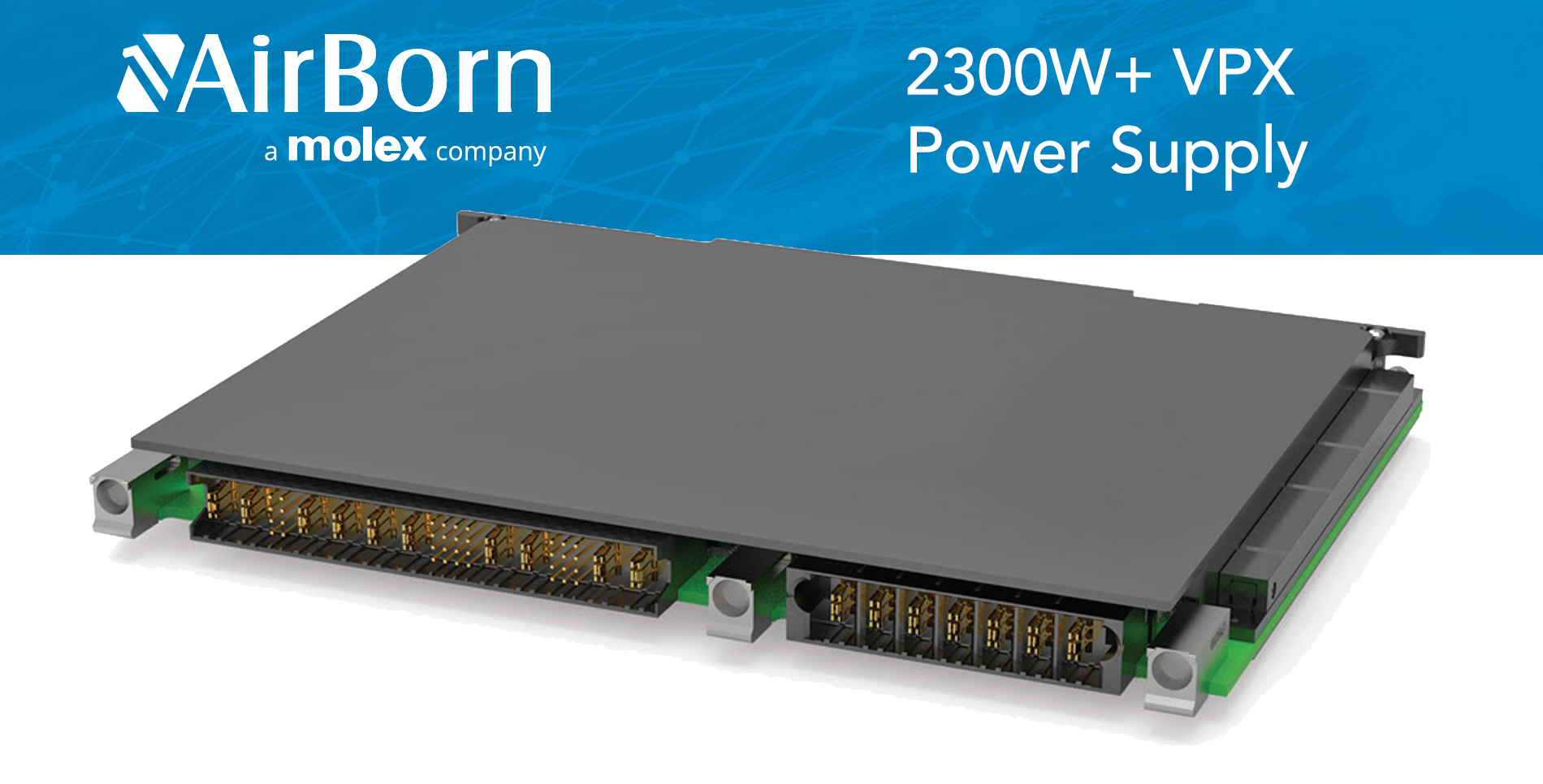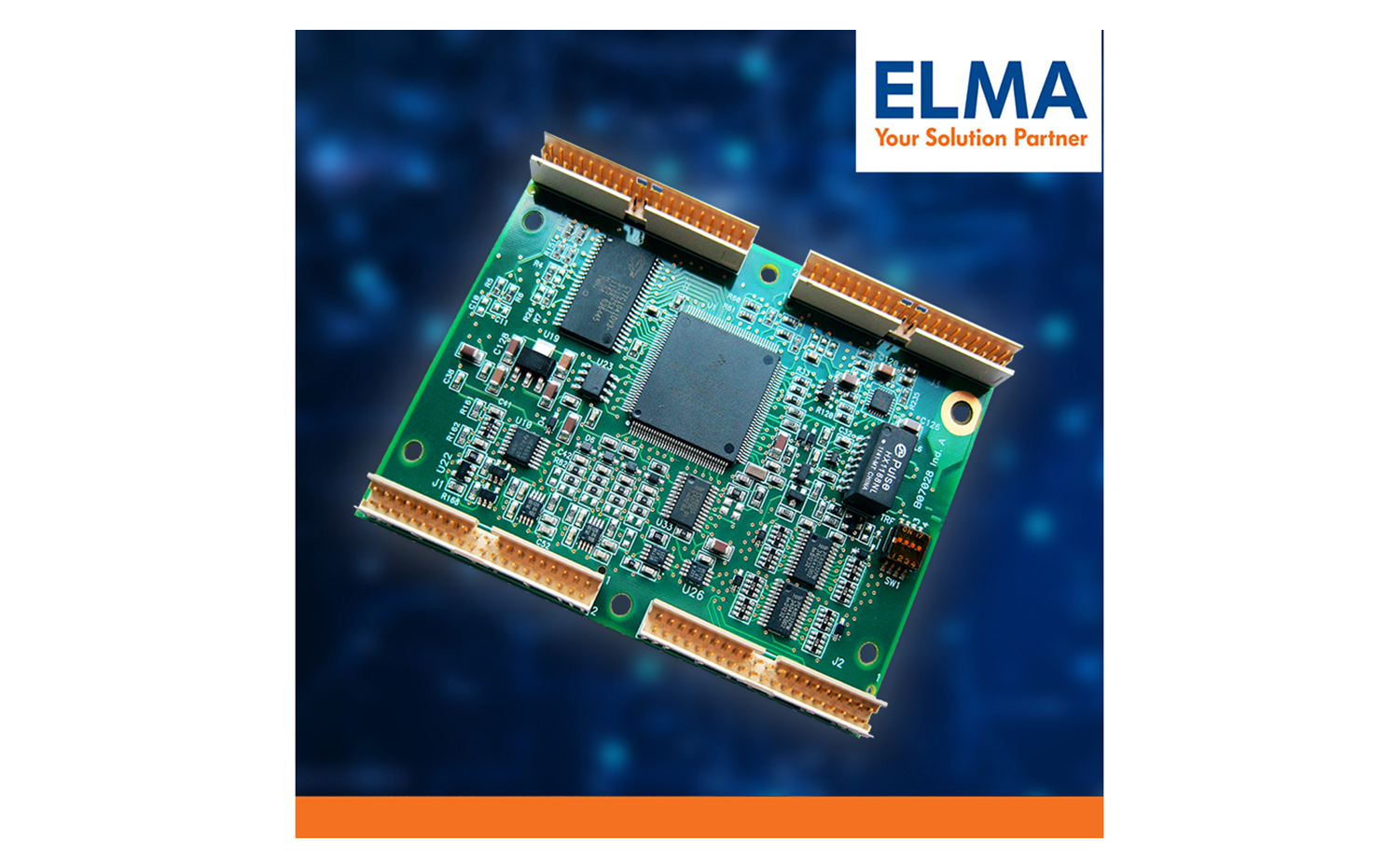VANTAA, Finland–(BUSINESS WIRE)–The numerical probabilistic map-matching algorithm was developed and demonstrated by a group of researchers at the Department of Computer Systems of Tampere University of Technology (Finland), already well known and respected for its research in the field of inertial and integrated navigation.
“The aim of our study and development work was to utilize the valuable information contained in digital road maps in order to accurately determine the position of a vehicle. To achieve this we developed an algorithm for accurate sensor-based car navigation. Our approach requires a standard speed sensor as available in most cars through the OBD interface, one MEMS high performance gyro, and digital street maps,” explains Mr. Pavel Davidson, inertial navigation specialist at the Department of Computer Systems.
Map-aided dead reckoning navigation system has smaller position errors
According to Mr. Davidson, several different map-matching algorithms already exist, but they are not well adapted to situations in which GPS navigation is not available or is not reliable, as in many urban environments. The study shows that a map-aided dead reckoning navigation system has significantly smaller position errors than a traditional dead reckoning navigation system. With the aid of a street map, cross-track errors can be eliminated any time when the road segment is correctly identified, while along-track errors can be reduced after the turn. Therefore, the position accuracy depends very much on the vehicle route.
“Our solution is based on a recursive implementation of Monte-Carlo-based statistical signal processing, also known as particle filtering,” Mr. Davidson describes. The basic principle is to use random samples – also referred to as particles – to represent the posterior density of the car position in a dynamic state estimation framework where road map information is used. Since particle filters have no restrictions on the type of models and noise distribution, the velocity and heading measurement errors can be modeled accurately.
The method uses dead reckoning equations based on the vehicle’s speed and heading measurements by onboard sensors. While the vehicle is moving along a straight road, only speed information is used, whereas a gyroscope is needed when the vehicle is turning. Interestingly, the more often the vehicle turns, the more accurate is its position.
Accurate and stable gyroscope is needed
“With particle filtering it is possible to reduce both cross-track and along-track errors,” says Dr. Jussi Collin, group leader at TUT, “but in order to obtain a navigation solution for long periods without GPS updates, high quality and accurate gyros are needed to measure the heading rate.”
The more accurate and stable the gyro the better, as the number of required particles can be very high with inaccurate position information. An accurate heading in turn helps to reduce the amount of computing power needed. In the tests implemented by the research group, the performance of VTI’s SCC1300 combined sensor was excellent.
“The core of the SCC1300 gyroscope is the sensor element based on VTI’s proprietary 3D MEMS technology, which results in a very stable, low noise and accurate gyro. The SCC1300 combines this gyro with a high accuracy 3-axis accelerometer in the same package. It offers interesting opportunities in these kinds of applications where extremely high accuracy is demanded,” says Mr. Ville Nurmiainen, Product Manager at VTI Technologies.
The reliability and accuracy of the algorithm developed by Tampere University of Technology was tested using data from real-world driving tests in urban environments.
“Our map-matching algorithm solution improves the positioning accuracy of navigation systems and can be applied for both vehicles and pedestrians. It can easily be adapted for real-time implementation on portable navigation devices, as the amount of computations is not large for modern signal processors,” Jussi Collin concludes.
VTI in brief
VTI Technologies is a leading supplier of acceleration, inclination and angular motion sensor solutions for transportation, medical, instrument and consumer electronics applications. In their end-use applications, VTI’s products improve safety and quality of life. The silicon-based capacitive sensors are based on the company’s proprietary 3D MEMS (Micro Electro-Mechanical System) technology. For more information, please visit www.vtitechnologies.com.
Tampere University of Technology in brief
Tampere University of Technology (TUT) is an active scientific community of 2,000 employees and more than 10,000 students. The University operates in the form of a foundation and has a long-standing tradition of collaboration with other research institutions and business life. Many of the fields of research and study represented at the University play a key role in addressing global challenges. For more information, please visit www.tut.fi.

